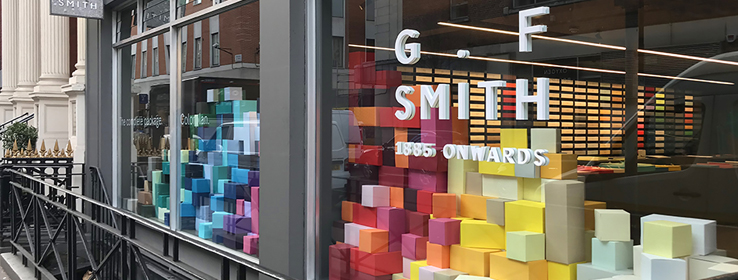A lot has changed since paper purveyor G.F Smith’s founding in 1885. See how staying on the pulse of color has helped the London company stand out.
Writers and artists made up the primary market for London papermaker G.F Smith when it began business 135 years ago. “[Founder George Frederick Smith] wanted to bring the most amazing paper to the market,” says John Haslam, the company’s joint managing director. While fine paper still makes up the bulk of business, G.F Smith’s command of color trends — and how they connect with the times, including persevering through wars and pandemics — is now in demand across multiple industries. To learn more, STIR connected with Haslam from the company’s bright showroom in London’s Fitzrovia neighborhood.
You made design-news headlines when you announced the “World’s Favourite Colour” back in 2017 — and coverage continues today. What made the study so important?
It’s the world’s largest study of color. We have data from 28,000 people from 108 countries. And it enables us to now have the World’s Favourite Yellow, the World’s Favourite Black, the World’s Favourite Pink, etc. We have the facts, because the world told us these are their favorite colors.
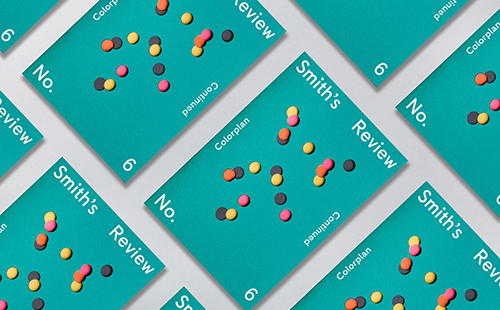
G.F Smith’s latest Colourplan cover features Marrs Green, which topped the company’s World’s Favourite Colour project.
Of those, a shade of teal — you call it Marrs Green — rose to the top. Why the name and how did you make the determination?
Marrs Green was chosen by someone we worked with named Annie Marrs. We worked with her on this coding system that I can best describe by comparing it to painter George Seurat, who used pointillism — putting lots and lots of points of paint together to create a mass of color. So, we developed a coding system to pick all the pinpoints from all the colors that 28,000 people chose to find out where the concentration of color was. The matched concentration was blue and green. Then we coded down to get to these algorithms that linked it down to this blue-turquoise-green color. And right in the middle — going down deeper, deeper and deeper — you got to this particular green code. The one right in the middle — the most popular color chosen — was Marrs Green. Annie Marrs is actually on Wikipedia now, and Marrs Green has a Wikipedia page, too.
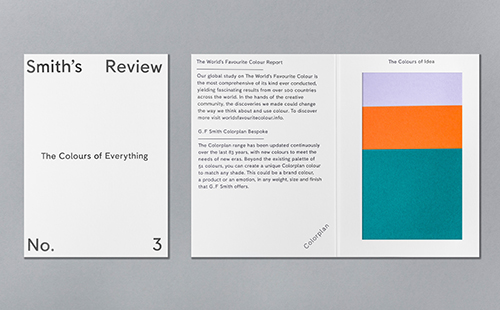
Designers across industries use G.F Smith’s Colourplan and the World’s Favourite Colour project, shown here, to inspire their work.
Your product line reflects Marrs Green, but other companies have picked up on it, too, right?
Right. Through the World’s Favourite Colour project, we worked with a company called Cubitts, which is a high-end glasses company in London. They’ve actually now produced a range of eyewear out of Marrs Green.
Exciting! But that’s not the only green getting attention. Tell us about your work for Mulberry.
Johnny Coca, the creative director for [the iconic British fashion house] Mulberry, came and met our team. His vision for the Mulberry brand was to have the richest, darkest, most unique green you could ever have. And we worked with him to develop this really deep green. We’re quite a small company, but I think we punch above our weight a little bit.

John Haslam, joint managing director, followed in his father’s footsteps to lead G.F Smith. Since its founding in 1885, the company has had only 11 managing directors.
That explains why the team behind the renovation of the Waldorf-Astoria Hotel in New York — due for completion in 2022 — asked you to work on a color.
Yes. One of our close design associates out of New York and the U.K., Noë & Associates, came to us and said, “We’re rebranding the Waldorf-Astoria.” When the Waldorf was built, the architects had this amazing gray brick made for the building. So we were asked whether we could match the color of the brick. We could, so now all of the literature that’s going to be produced for the Waldorf has this special color that matches this brick.
In other cases, the custom colors you deliver actually come from your archives, though, right?
Exactly — from our Colourplan [line of iconic colors]. One example is Sunspel, a British brand of shirts and clothing. They worked very closely with us and used our archive to find out the popular colors from the ’60s and ’70s. They created a range of T-shirts with those Colourplan colors.
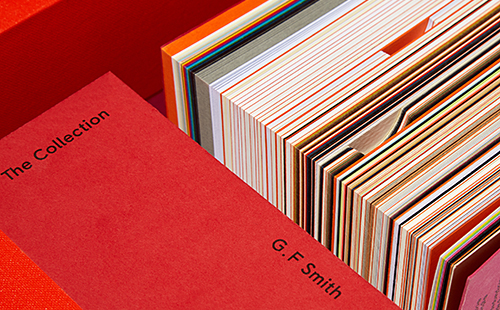
G.F Smith’s new Collection, which includes Colourplan and a wide range of bright and off whites, launched in July.
Given your history, you’ve become experts on the evolution of color. Give us a snapshot of some of the ground you’ve covered.
Even if you just go back to around the time of the First World War, the colors were very, very somber. And then if you look at what happened after, say, the Second World War and the queen’s coronation in 1953, there was a lot of optimism and people started to wear brighter colors. And then color TV came through and you had really bold color on color, like what you see in pop art from artists like Andy Warhol.
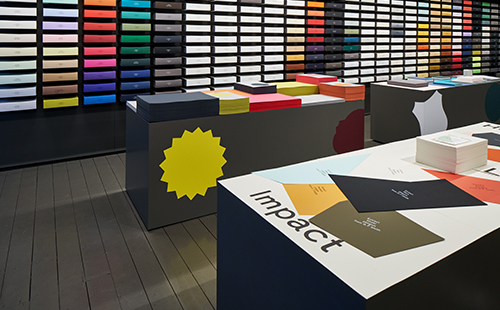
The ground level of G.F Smith’s London shop features a show space displaying all paper colors.
Fast-forward to today and your current colors, which are on beautiful display in your London shop. Give us a sense of the space.
Upstairs, it’s what we call the show space, because every one of our papers has a unique story. But downstairs is what we call the “white space” where, earlier this year, we worked with the British designer Tomoko on what we call the Spiral of Color. It’s a beautiful art structure featuring all of our Colourplan colors. That space is all about bringing creativity to life.
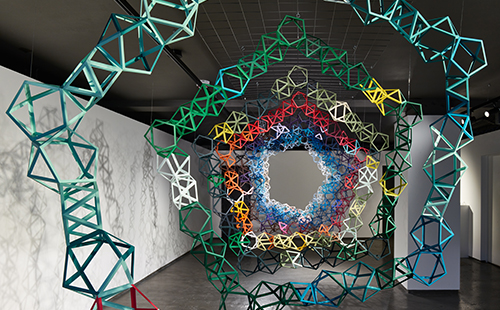
British designer Tomoko used every Colourplan color to create the “Spiral of Colour” in G.F Smith’s “white space,” where installations change 3–4 times a year.
Photos of Colourplan and the show space by Handover Agency
Photo of John Haslam by Toby Coulson
Photo of the Collection by Made Thought
Photo of “Spiral of Colour” by GG Archard


